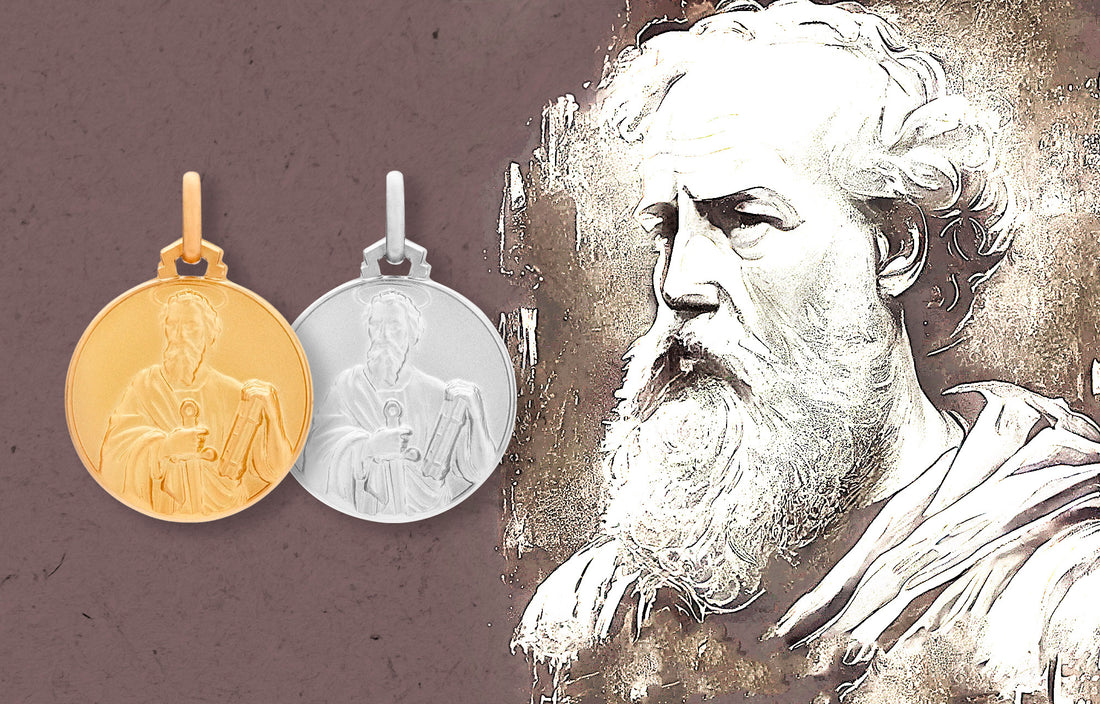Every 25th of January, since the 10th century onwards, the global Christian community revels in observing the Metamorphosis of St. Paul the Apostle towards Christianity. The selection of this specific date is not haphazard; rather, it is intricately tied to the presumed moment when St. Paul underwent his monumental transformation along the route to Damascus. The Feast of the Conversion of St. Paul serves as a juncture for contemplation and jubilation, marking the shift from an ardent persecutor of Christians to one of the most impactful apostles in Christian chronicles.
Life Before Conversion
Hailing from Tarsus, situated in present-day Turkey, St. Paul, a bona fide Roman citizen, embarked on his odyssey by delving into the Law of Moses in Jerusalem under the tutelage of Gamaliel, a revered Pharisee affiliated with the Sanhedrin. The Pharisees, an austere Jewish faction, wielded pivotal influence in Saul's life. While Jesus of Nazareth commenced His public ministry, challenging the Pharisees' stringent construals of the Law of Moses, Saul, just over two decades old, vehemently opposed these teachings. The crucifixion of Jesus, witnessed at the age of twenty-five, stoked his misdirected zeal. He scrutinized Jesus' doctrines in stark contrast to the Law of Moses, as twisted by the Pharisees' interpretations. Emerging as a relentless persecutor of the Church, he sowed fear among the faithful through acts of violence and confiscation of their possessions.
Journey to Damascus
Initiating as a journey to Damascus with hostile intentions transformed into a redemptive trajectory for Saul. The inaugural documented martyrdom in the Church post-Jesus' demise occurred with Saul's concurrence when the assailants of St. Stephen cast their garments at his feet. However, amid the sojourn to Damascus, Saul underwent a divine encounter that reshaped his destiny.
Cloaked in celestial radiance, a voice from the heavens addressed him with these pointed words: "Saul, Saul, why do you persecute me?". Descending to the ground and realizing his newfound blindness, Saul stood at the brink of an epochal metamorphosis. Jesus directed him to proceed to Damascus, where he immersed himself in three days of profound contemplation, meditation, and transformation. In Damascus, Ananias, a Christian who harbored trepidation about Saul's notoriety, received a divine mandate in a dream. Jesus implored him to rescue Saul, proclaiming, "this man is my chosen instrument to declare my name to the Gentiles, kings, and the Israelites, and I will reveal to him how much he must endure for my name's sake" (Acts 9:15-16). Complying with the divine directive, Ananias approached Saul. By laying hands on Saul's sightless eyes, he alleviated him of his blindness. Saul, reborn, underwent baptism in the faith of Jesus and adopted the name Paul.
Metamorphosis of the Heart
The conversion of Paul not only signified a shift in belief but an utter metamorphosis of the heart. From a relentless persecutor to a zealous preacher, his heart unfolded to a universal love destined to serve as an inspiration for generations to come. Confronting the profound truth embedded within his soul might not have been a facile undertaking, but Paul confronted it with admirable courage. In that pivotal moment, the fervor once directed towards persecution transmuted into an impassioned drive to propagate the Gospel.
Paul's Sacred Mission
Following his conversion, Paul embraced his mission with unwavering dedication. Through extensive journeys, profound teachings, and prolific writings, he ascended to become one of the most impactful apostles, leaving an indelible mark on the proliferation of Christianity. The initial three years post-conversion were spent in Arabia, dedicated to prayer, scholarly pursuits, and preparation for his forthcoming mission. This period of seclusion became the crucible for a profound spiritual metamorphosis. Upon returning to Damascus, Paul embarked on extensive travels, ardently proclaiming Jesus as the Christ Savior. Over the subsequent twenty-seven years, he evolved into a significant evangelist, conventionally credited with thirteen books of the New Testament.
Throughout his missionary voyages, Paul personally established numerous Christian communities, emerging as a spiritual beacon for early Christians. Enduring persecutions, imprisonment, and opposition, his unyielding faith and commitment to the message of love and redemption rendered him impervious. His life and ministry stand as a testament to dedication and sacrifice for the Christian cause. Paul met his martyrdom during the era of the Roman Empire, likely under the reign of Emperor Nero, circa 67 AD. His sacrificial devotion to the faith elevated him to the status of veneration in both the Catholic and Orthodox Churches.
Paul's conversion not only changed his life but shaped the course of Christian history. His epistles are still read today, offering wisdom and inspiration to millions of believers worldwide.
St. Paul's Medal
The Medal of St. Paul the Apostle is adorned with symbols that resonate with the spirituality and life of the apostle. Among these symbols, the sword takes prominence, embodying St. Paul's fortitude and unwavering faith—a symbol of a stalwart spiritual warrior.
A prevalent belief surrounding this medal is its perceived capacity to bestow spiritual protection. Many hold the conviction that donning the Medal of St. Paul, whether in gold or silver, can serve as a safeguard against the tribulations of everyday existence.
